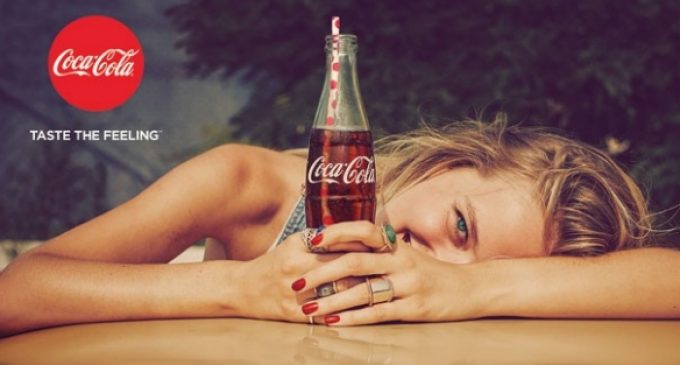Transition Year For The Coca-Cola Company as it Accelerates Refranchising Plans

The Coca-Cola Company has reported a 4% drop in net revenue to $44.294 billion for 2015 while organic revenue grew 4%. Global volume grew by 2% for the full year as the group gained global value share in non-alcoholic ready-to-drink beverages.
Full-year sparkling beverage volume growth was driven by 1% growth in brand Coca-Cola, 3% growth in Sprite and 6% growth in Coca-Cola Zero, partially offset by a 6% decline in Diet Coke/Coke Light. Full-year growth was led by increases of 8% in packaged water, 4% in ready-to-drink tea, 3% in ready-to-drink coffee and 2% in sports drinks.
Muhtar Kent, chairman and chief Executive Officer of The Coca-Cola Company, comments: “In late 2014, we laid out a clear five-point plan to reinvigorate growth and increase profitability. In 2015, a transition year, we delivered on this plan despite an increasingly challenging global macroeconomic environment.”
Following the success of its refranchising moves in North America, the Coca-Cola Company now plans to refranchise 100% of company-owned North American bottling territories by the end of 2017, including all of the cold-fill production facilities. It is also refranchising its bottling operations in China, building on other recent global refranchising initiatives in Europe and Africa.
“This acceleration of our global refranchising marks a step change in our efforts to refocus The Coca-Cola Company on its core business of building strong, valuable brands and leading a system of strong bottling partners. When this transformation is complete, we will look very different than we do today,” explains Muhtar Kent. “Expanding Coca-Cola bottlers in various regions will grow in terms of revenue, employment and reach as we transition company-owned operations to the franchise system. The Coca-Cola Company will return to its focus as a higher margin, higher return and less capital intensive operation.”
“With the accelerated refranchising plans,” he says, “we will move from a system where about 18% of our volume was produced by company-owned bottlers in 2015 to about 3%.”


































